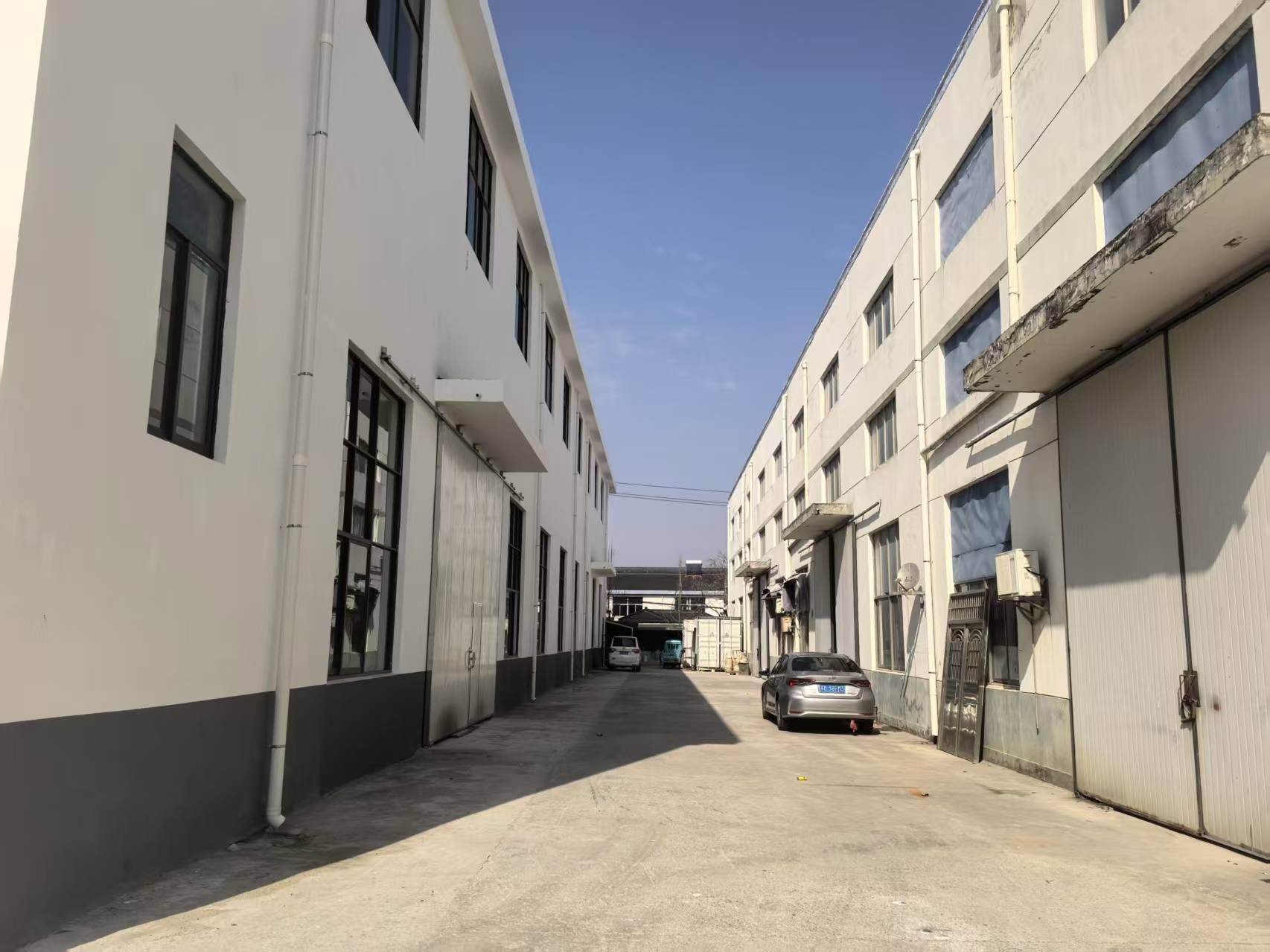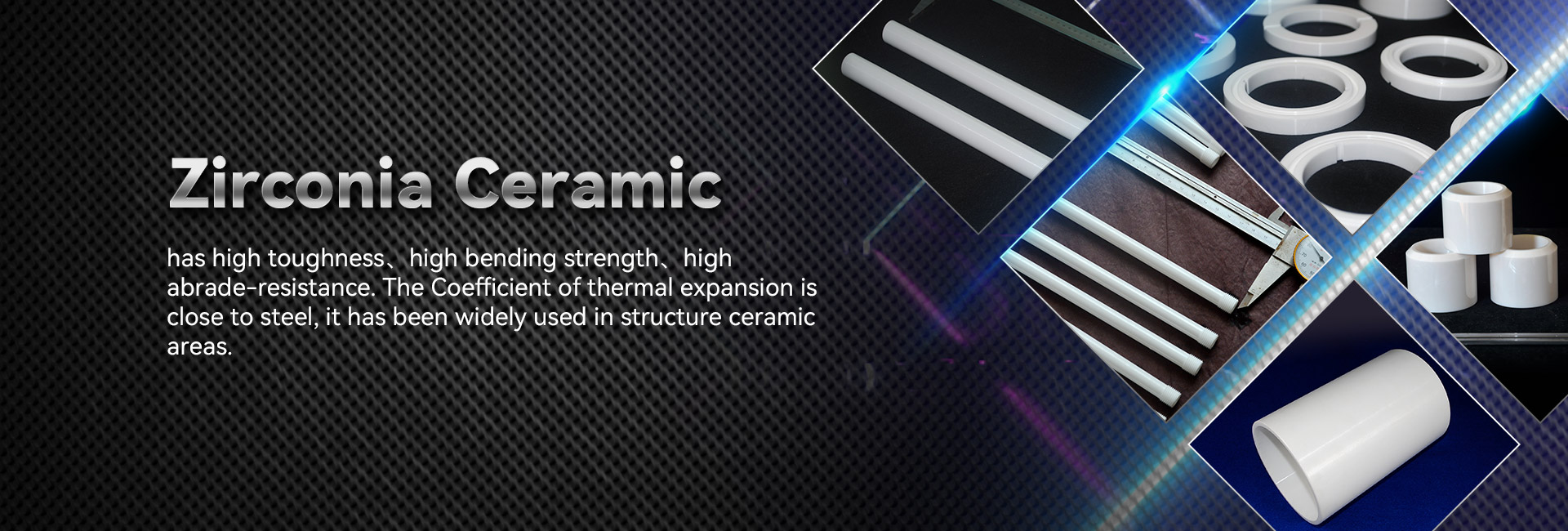
Precise component demonstrate unique physical attributes, establishing them perfect for a extensive set of instances. Developing from aeronautical and automotive to electrical apparatus, these materials are constantly developing to comply with the expectancies of a innovative landscape.
- Their fortitude and antagonism to unforgiving temperatures make them indispensable for advanced components.
- Additionally, technical ceramics deliver pros in terms of efficiency, contributing the progress of innovative apparatuses.
Constructing Compounds: Developed for Premium Operation
Produced ceramics dominate in stringent functions due to their superior features. Engineered from exclusive raw components and processed with stringent processing operations, these leading products showcase top-notch resilience, degradation resistance, and endurance to harsh thermal states, breakdown, and wear. From space modules to engraving tools, industrial ceramics deliver exceptional operation across numerous branches. Their versatility allows enduring extreme states, certifying survival and stability. As improvement progresses, the market for quality resources grows, cementing the essential job of industrial ceramics in shaping a thriving epoch.
Pioneering Ceramics: Scaling Element Edges
Ceramics, displaying extraordinary sturdiness and durability, are engaged in a transformation. Pioneering ceramics, manufactured with diligent control over their constitutions and minutiae, surpassing the thresholds of what's achievable. These structures demonstrate a wide assortment of features, designating them ideal for taxing territories such as aviation, biomedical, and power. From slender parts that survive extreme thermal conditions to tissue-friendly implants that integrate seamlessly with the anatomy, advanced ceramics are changing our world.
Careful Ceramic Creation: Satisfying Critical Demands
High-tech ceramic fabrication has developed substantially in recent intervals, authorizing the manufacturing of detailed and highly operational ceramic components. These segments are necessary across a multifaceted range of markets, including orbital, healthcare, and tech domains. Meeting the specialized benchmarks for these purposes calls for fine fabrication approaches that provide for dimensional rightness, surface quality, and material characteristics. Next-generation ceramic fabrication processes utilize manifold methods, including slip casting, injection molding, and additive manufacturing. These techniques grant the construction of sophisticated structures and precise elements with outstanding repeatability. Additionally, advances in material engineering have initiated new ceramic recipes endowed with boosted facets. These compounds innovate increased resilience, survivability, and tolerance to harsh environmental conditions, empowering their use in rigorous sectors.
The potential for precise ceramic fabrication are vast. As investigations and advancement make headway, we can await even more cutting-edge techniques and compounds that will likewise broaden the edges of what is feasible in this domain.
Top-Performing Ceramic Compounds for Extreme Conditions
High-tech ceramic substances exhibit extraordinary fortitude and tolerance against tough conditions, making them suited for exacting purposes in power fields. These sophisticated ceramics can face extreme warm loads, resist decay, and sustain their structural integrity under extreme load-bearing pressures. Their distinctive molecular essentials enable dependable operation in harsh environments, including heat chambers, combustion engines, and power stations.
- Hybrid ceramic mixtures
- Temperature durability
- Low-weight construction
Advanced Composites: Consolidating Resistance and Performance
Hybrid ceramics showcase a effective mix of mechanical fortitude and distinct specialized capabilities. Through the blending of ceramic components within a substrate, these blends achieve impressive potential. This integration results in heightened withstandability against high heat exposure, wearing, and chemical degradation, rendering them appropriate for precise functions in orbital, motor industry, and utilities industries. Furthermore, ceramic composites can be designed to possess specific properties like electrical conductivity or biocompatibility, widening their employability across diverse fields.
Structural Handling in State-of-the-Art Ceramics
Attaining specified attributes in state-of-the-art ceramics consistently compels meticulous management over their fine formation. Countless treatment factors, including sintering firing temperature, interval, and atmosphere, alongside the addition of dopants or auxiliary phases, notably change the layout of granules, interstices, and other microstructural traits. Meticulous tailoring of these parameters allows for the amplification of strength, breakage resistance, and temperature conductivity. Specifically, enhancing the sintering heat intensity can promote grain proliferation, thus increasing mass concentration and improving mechanical effectiveness. Conversely, modifying the firing atmosphere may change the oxidation status of the ceramic, thereby influencing its electrical conductivity or magnetic influences. Appreciating these relationships between microstructure and properties is paramount for creating advanced ceramics with specialized capabilities suitable for broad scenarios.
Friction-Resistant Ceramics: Increasing Lifespan
Within demanding process markets, where parts are forced to constant scuffing and wearing, materials with impressive durability are importantly crucial. Wear-resistant ceramics have appeared as a key response, granting unparalleled resilience and functionality in multiple sectors such as workshop, mining, and aerospace. These modern forms possess a uncommon fine structure that strengthens their capacity to endure abrasion. By applying the natural robustness and thickness of ceramic structures, engineers can develop hardy components capable of withstanding the most harsh operating environments.
Medical-Grade Substances: Roles in Clinical Practice
Non-toxic ceramics have altered the therapeutic field, delivering an array of beneficial features for broad assignments. These substances are chemically neutral within the organism, minimizing sensitivity responses and aiding recovery. A prime use for biocompatible ceramics is in bone fixation devices, where their strength sustains long-lasting backing to damaged muscle.
Over and above, they are applied in prosthetic teeth, conveying a robust and lovely solution for tooth restoration. Ceramics also exercise a key position in pharmaceutical formulations, granting the targeted dispensary of compounds to specific locations within the living entity.
- Equally important, biocompatible ceramics are more often being probed for regenerative medicine, serving as a structure for recovery.
- As a result, the prospect of biocompatible ceramics in therapeutics looks positive, with continual advancements expanding their capabilities.
Precision Ceramic Sensors: Advancing High-Precision Measurements
Sensitive ceramic precise ceramic devices have appeared as critical parts across a extensive array of fields. These instruments leverage the distinctive properties of ceramic substances to deliver highly precise readings. Their robustness in {demanding|harsh| 